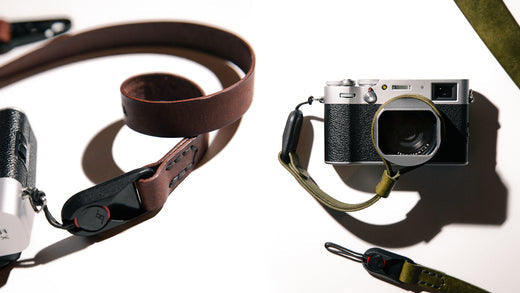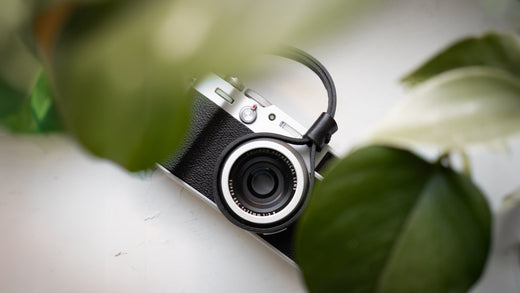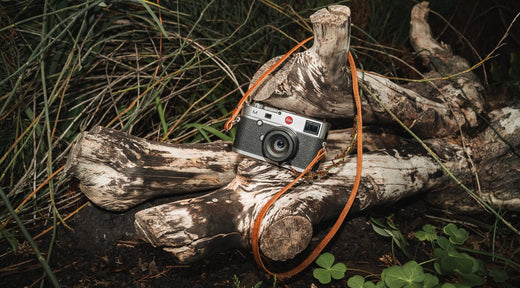
How to Choose the Right Width and Length for Camera Strap?
The dimensions of a camera strap—specifically its width and length—are crucial for comfort and usability, as they directly impact how the strap distributes the weight of the camera, provides access to equipment, and accommodates different shooting styles. Here’s a breakdown of why strap dimensions matter and how they influence the photographer's experience:
1. Weight Distribution and Comfort
The width of a camera strap plays a key role in distributing the weight of the camera across your body. A wider strap spreads the weight over a larger area, reducing pressure on your neck and shoulders, which is especially important for heavier camera setups, such as DSLRs with large lenses. Conversely, a narrower strap might be suitable for lighter mirrorless cameras but can cause discomfort when carrying heavier gear for extended periods.
2. Ergonomic Considerations for Long Shoots
For photographers who spend hours shooting, whether at events, in the studio, or outdoors, comfort is paramount. A strap that is too thin or short can dig into the skin and cause strain or fatigue, leading to discomfort or even injury over time. Properly sized straps with adequate padding and width help maintain comfort and reduce the risk of neck and shoulder pain, making long shoots more manageable.
3. Optimal Length for Easy Access and Maneuverability
The length of the strap affects how easily you can maneuver your camera. A strap that is too short may restrict movement, making it difficult to bring the camera up to your eye quickly or adjust your position. This can be a problem for street photographers or photojournalists who need to capture candid moments on the fly. On the other hand, a strap that is too long can cause the camera to bounce around or get in the way, especially when moving through crowded spaces.
4. Adjustability for Different Shooting Styles
Adjustable straps offer versatility, allowing photographers to change the strap length depending on the shooting scenario. For example, portrait photographers might prefer a shorter strap for close-up work, while wildlife or sports photographers might benefit from a longer strap that allows the camera to hang lower, providing more freedom of movement. An adjustable length ensures that the strap can be customized to suit various needs, enhancing both comfort and usability.
5. Compatibility with Various Carrying Methods
Different types of photography often require different carrying methods. For example, a cross-body strap is ideal for quick access and mobility, making it popular among street photographers. Meanwhile, a shorter neck strap might be preferred in studio settings for easier control over the camera's position. Choosing the right strap dimensions ensures compatibility with your preferred carrying method, making your workflow more efficient and enjoyable.
6. Balancing Functionality and Aesthetic
While functionality is the primary concern, the dimensions of the strap also contribute to its overall aesthetic appeal. A well-proportioned strap can complement your camera and personal style, adding a professional or casual look depending on your preference. Ensuring the strap dimensions match the size and style of your camera can create a cohesive and balanced appearance.
Conclusion
In summary, the dimensions of a camera strap are not just about looks—they directly influence how comfortable and practical the strap is for different types of photography. Whether you're capturing portraits in the studio, covering a bustling event, or trekking through nature for the perfect wildlife shot, selecting the right width and length for your strap can enhance your overall shooting experience, allowing you to focus on what matters most: capturing great images.



